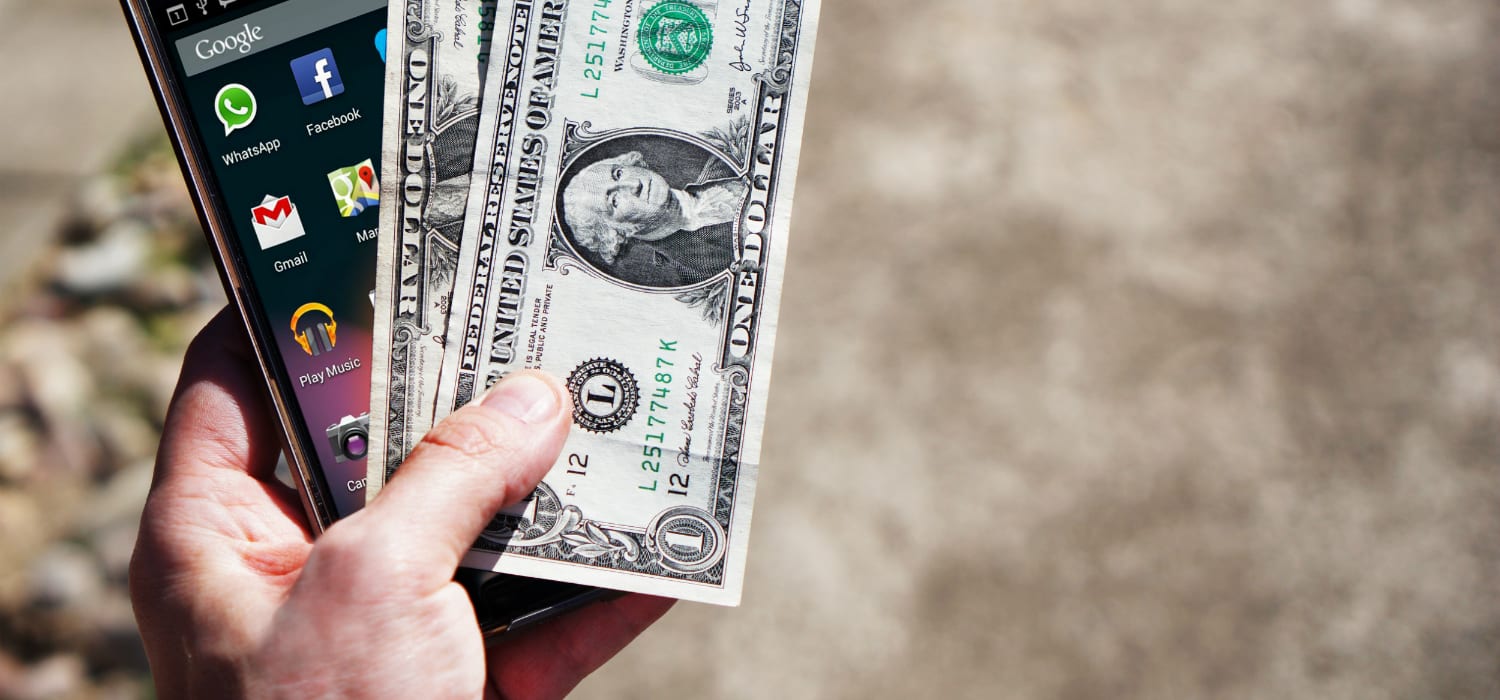Mobile users interact with their phones over 2,600 times a day–mostly for quick interactions. Whether they’re seeking or sharing information, micro-moment marketing can help businesses connect with mobile users at these critical touch points.
Micro-moments are the times when a mobile consumer turns to a device to know something, go somewhere, do something, or buy something, reports the American Marketing Association. In response, marketers need to assist in the journey–especially as the search process becomes more natural.
While consumers are spending more time on their devices, their interactions are short. For e-commerce, for example, a consumer visit averages 6.84 minutes on a tablet and 4.87 minutes on a phone, according to 2017 data from eMarketer.
How can content marketers leverage these micro-moments to boost mobile sales? Over half of mobile advertisements deepen brand engagement with consumers, according to eMarketer.
As the following examples show, understanding customers’ needs can help you provide the right information at the right micro moment to guide their purchase decisions every time they reach for their devices.
For Campaigns to Know Something
One way to leverage micro-moments is to target consumers who want to know something. Nike, for example, used search data to discover that 63 percent of searches during big games happen on mobile devices.
Ready to Promote Your Content? Click Here to Get Started
During big game moments, they found that searches on mobile devices spike as sports fans look for statistics or want to share the excitement of big plays. So Nike developed its 3-D Phenomenal Shot campaign to show great sports moments and deepen engagement with its target audience.
Within seconds of an athlete making a big play on TV, the company pushed 3D display ads that fans could customize and share with friends. Nike’s branded content captures a micro-moment in a big game when fans were already reaching for a second screen device to increase brand engagement.
Content marketers can similarly leverage relevant micro-moments when customers are likely to search for information to promote related podcasts, videos, infographics and other helpful content.
For Campaigns to Go Somewhere
For customers who want to go somewhere, Red Roof Inn’s marketing team, for instance, tracks real-time flight cancellations that leave passengers stranded, and places targeted search ads for hotels located near those airports that resulted in a 60 percent increase in bookings.
Native advertising could potentially enhance sales even further by providing branded content with tips on how to get compensated with hotel or meal vouchers during the times when things go wrong.
When users perform basic searches, they may be in the consideration phase of decision making where they’re looking for general information, such as hotels, rather than a specific brand. Native advertising can complement search advertising by surfacing content about a specific hotel brand, guiding consumers one step further along their decision-making journey.
For Campaigns to Do Something
Goodyear has a marketing strategy for 14 different touch points in a consumer’s purchasing journey for their tires, including the times when consumers choose to be self-sufficient, reports marketing researcher DMN.
Ready to Promote Your Content? Click Here to Get Started
Consumers who want to do something may search for how-to content such as YouTube videos or step-by-step guides to check if tires need replacing. Be aware of the keywords and questions they may use in searches to help create a related content marketing strategy.
For this type of micro-moment where consumers want to do something, Goodyear created an easy guide for its penny test on its website. It enables people to use a coin to easily check their treads to see whether they need to replace their tires.
For Campaigns to Buy Something
There are also opportunities to reach consumers who want to buy something by using content to provide solutions to common problems.
“Offering useful content means you are more likely to be present in more of those all-important micro-moments at the start of the purchase journey.”
– writes Rebecca Appleton, Wordtracker
For example, if you sell light bulbs, you could create content that targets the start of the purchase journey, such as a simple calculator to show energy efficient bulbs that can replace older bulbs when they go out, she says.
Although it’s not designed to market a particular brand, the content gives consumers information about what type of light bulb to buy in order to move them to the next stage of the purchasing journey—and bring you along, she adds.
With global mobile ad spending expected to reach nearly $200 billion in 2019, according to eMarketer, content marketers may want to consider a more assistive role in the consumer purchasing journey. Anticipating the micro-moments where consumers want to know, go, do or buy can help you be in the right place, at the right time, to lend a helping hand.



